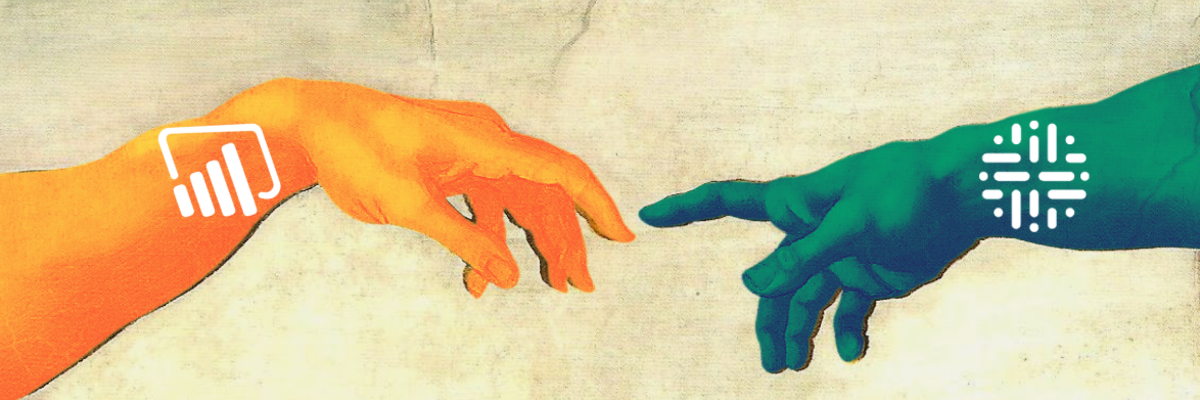Power BI & Collibra: one step closer to heaven
14 March 2024

Power BI & Collibra, a match made in heaven? That’s the question we raised only one year ago when we explored the synergies between Power BI and Collibra in one of our blog posts and detailed how to obtain them. In particular, we discussed how to build a Power BI & Collibra integration - using Collibra to document metadata from your reporting solutions in Power BI and using Power BI to report on Collibra’s data.
As Microsoft released new APIs and Collibra has kept up with new developments, now is an excellent time to review the benefits of the new integration between Power BI & Collibra.
A brief recap
Microsoft Power BI is a business intelligence tool that provides users with tools for aggregating, analyzing, visualizing, and sharing data. Power BI is a BI source that can ingest data into Collibra Data Catalog using a Power BI and lineage harvester.
Collibra is a Data Governance tool that helps organizations understand their ever-growing amounts of data. Collibra provides metadata integration in preview mode using the Power BI APIs.
The integration between Power BI and Collibra we discussed one year ago used REST APIs and XMLA endpoints. Although this integration provides quite powerful capabilities, there are a few disadvantages:
- it is limited to MS Windows,
- it requires a separate harvester,
- security set-up is rather challenging to configure,
- and it is not that user-friendly (although very do-able with the information we provided in last year’s blog post).
What’s new for the integration between Power BI and Collibra?
Since we wrote our previous blog post on integrating Power BI and Collibra, Microsoft released new APIs. Also, Collibra has kept up with numerous new developments - including preparations to move to Edge. Thanks to these advances, the integration between Power BI and Collibra offers several new possibilities:
- the new Power BI integration supports Power BI Data Flows (you need Collibra Data Intelligence Cloud version 2022.01 or newer to ingest Power BI Data Flow assets).
- filtering on capacities and workspaces can be done more flexibly,
- Power BI assets can be ingested into multiple domains,
- and, starting from this month, the Power BI harvester will be merged with the lineage harvester so that more customers can now request the Power BI harvester while in preview.
Check out the PBI Service in the Collibra Marketplace.
How to enable this new integration step by step?
It only takes a limited number of steps to enable the new integration between Power BI and Collibra:
- Define a domain into which you want to ingest Power BI assets,
- Download and install the Power BI harvester (preview version, May 2022).
- Prepare the Power BI configuration file (almost no changes are required),
- Prepare a new Power BI filter configuration file that includes Power BI Workspace IDs and/or names.
To get more details on those steps, download our guide. Thanks to the tricks and tips we included in this guide, running the entire process is a breeze.
What results to expect?
Typically, our clients have lots of metadata originating from different systems (for example, a customer database or an app). To facilitate linking metadata with the business context, we help them build workflows around those assets. With the Power BI harvester, the whole data lineage can now be shown inside Collibra – starting from the data source, the logical and business layers (including business terms and glossary) up to the available BI reports.

Power BI diagram in Collibra Catalog
That makes it possible to see a BI report in the blink of an eye and understand what data is being used or what the business context is. The added value of that cannot be underrated. Think, for example, about data privacy practices that need to comply with BCBS or GDPR. To identify sensitive data and delete those data, the proper identification of data lineage is essential. More than ever, the new integration between Power BI and Collibra brings that within reach.
Need a hand?
Are you interested in the possibilities enabled by this new integration between Power BI and Collibra but still have some questions? Then, feel free to get in touch.
